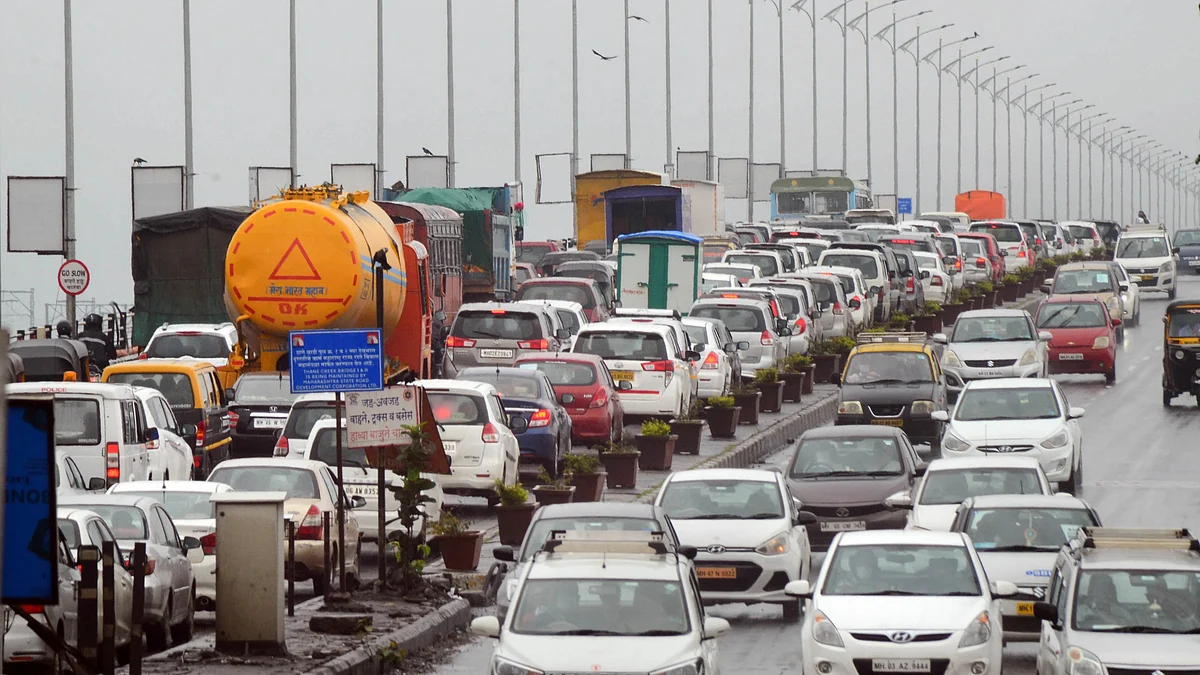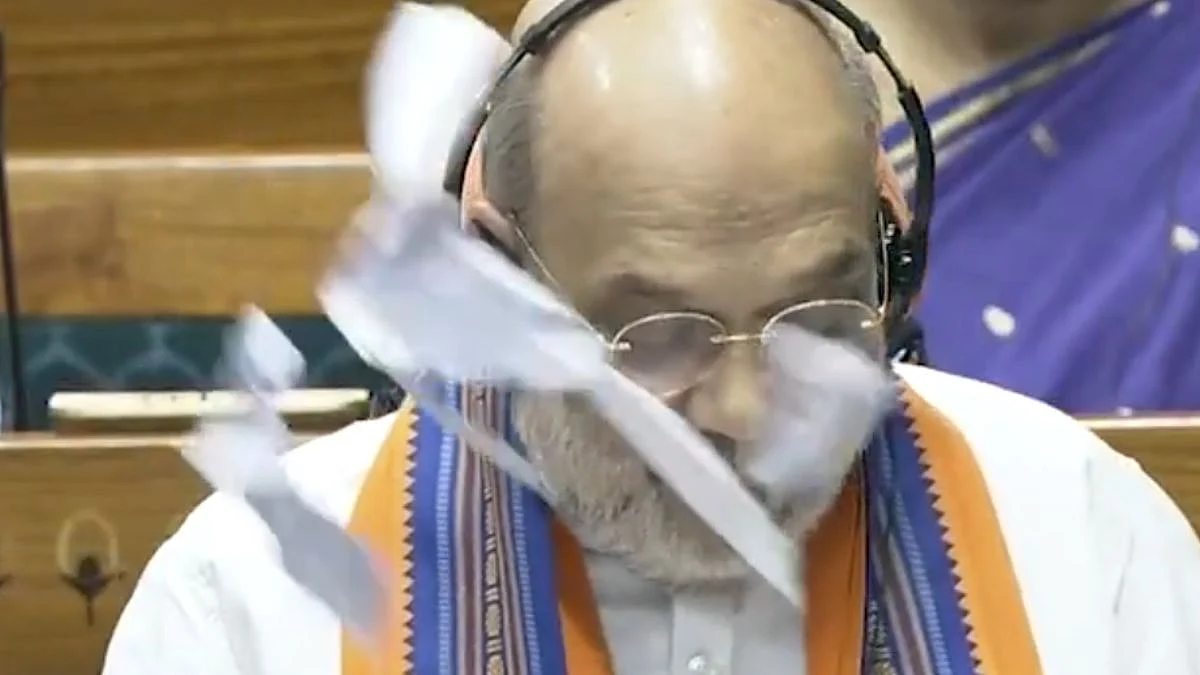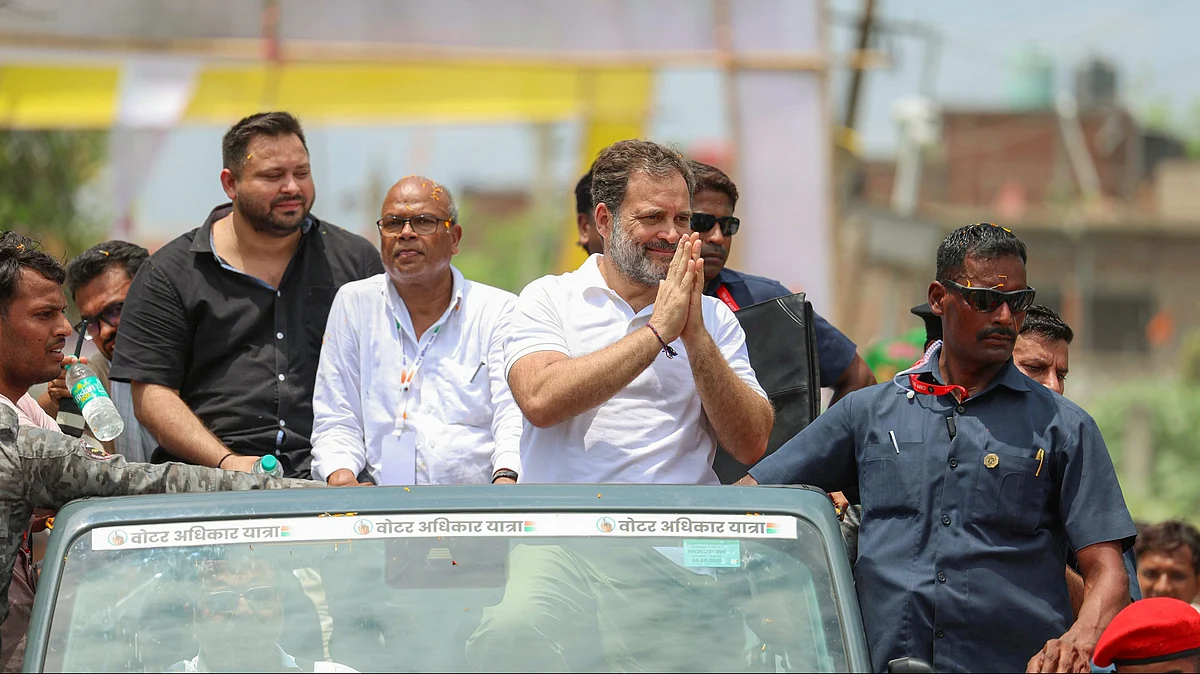Vallabhbhai Jhaverbhai Patel popularly known as Sardar Patel, played a key role in Indian freedom movement and persuaded the princely states to accede to newly independent India.
For this role and commitment towards national integration, Patel earned the sobriquet 'Iron Man of India'. He was a lawyer by profession who grew up to become the first Deputy Prime Minister of India.
He was also the founding father of the Republic of India. In 2014, the government declared his birthday, October 31, as Rashtriya Ekta Diwas (National Unity Day). On Sardar Patel Death anniversary here is the story about the man who unified India.
Background:
Vallabhbhai Patel was born on October 31 1875. He hailed from Nadiad, Kheda district and belonged to the Leva Patel Patidar community of Central Gujarat. He was married to Jhaverba and the couple had two children, daughter Maniben and son Dahyabhai. His wife, however, died of cancer when their children were just 5 and 3 and Sardar Patel raised them with his family's support.
Career as a lawyer:
After finishing his matriculation at 22, he cleared the district pleader's i.e government lawyer's examination.
Patel then began practicing law and set up his independent office in Godhra. Two years later, he shifted to Borsad, and then went to Middle Temple, London, in 1910 to pursue further studies in law.
He returned to India in February 1913 and established himself as a well-known criminal lawyer in Ahmedabad.
Participation in Freedom struggle:
In 1918, after drawing inspiration from Mahatma Gandhi, Patel tried to change his image of a wealthy lawyer and began to fight for farmers.
He played a significant role in organizing and mobilizing the Kheda Satyagraha of 1918, which was spearheaded by Gandhi to protest against the high taxes forced by the British on farmers despite crop failure owing to heavy rains and the plague epidemic.
Patel was greatly influenced by Gandhi's idea of satyagraha to protest against the oppressive British rule.
In 1922, 1924 and 1927, Patel was elected Ahmedabad's municipal president.
It was due of Patel's protest in Bardoli, Gujarat, against increased taxes for famine and flood hit farmers in 1928 that he was conferred with the the title of “sardar”.
These developments solidified his image as a nationalist, and brought him on the radar of the Britishers.
On 7 March 1930, just a day before the date for the Salt Satyagraha was to be declared by Gandhi, the British apprehended Patel at a village in Borsad taluka over fears that his speech might help fuel the campaign.
By 1942, despite struggling with poor health, Patel played a prominent role in galvanising the public in the Quit India movement.
Addressing a huge gathering of over 100,000 people at Gowalia Tank in Bombay (now Mumbai), he urged people to organise a mass protest against the British rule and for a shutdown of civil services. Patel was imprisoned in August 1942.
Role in integration:
Patel served as independent India's first home minister and first deputy Prime Minister. He played an extremely important role in integrating over 500 princely states with the union of India, and is, therefore, called as the ‘Iron Man' of India.
The Indian Independence Act, 1947, which provided for the lapse of paramountcy of the British monarchy over Indian states, provided each of the states with the choice to either join India or Pakistan or to carry on as independent sovereign entities. Some of these princely states, like the Jammu & Kashmir and Hyderabad, were bigger than a few European countries, while others comprised only a few villages – collectively they accounted for about two-fifths of the territory of India.
A new state department was formed- which was led by Patel and had V.P. Menon as secretary- and was entrusted with the responsibility of bringing together the princely states into the Union of India.
Some states like Baroda and Bikaner were quick to join the union, however, a few, including Junagadh and Hyderabad, had initially declined. Nevertheless, Patel and his team still managed to integrate 565 princely states with the union.
With Agency Inputs








